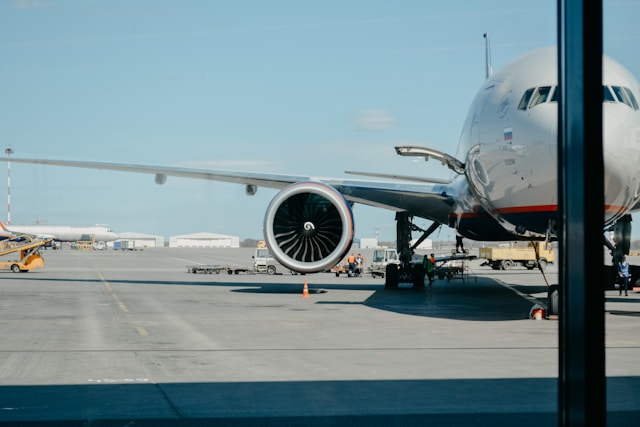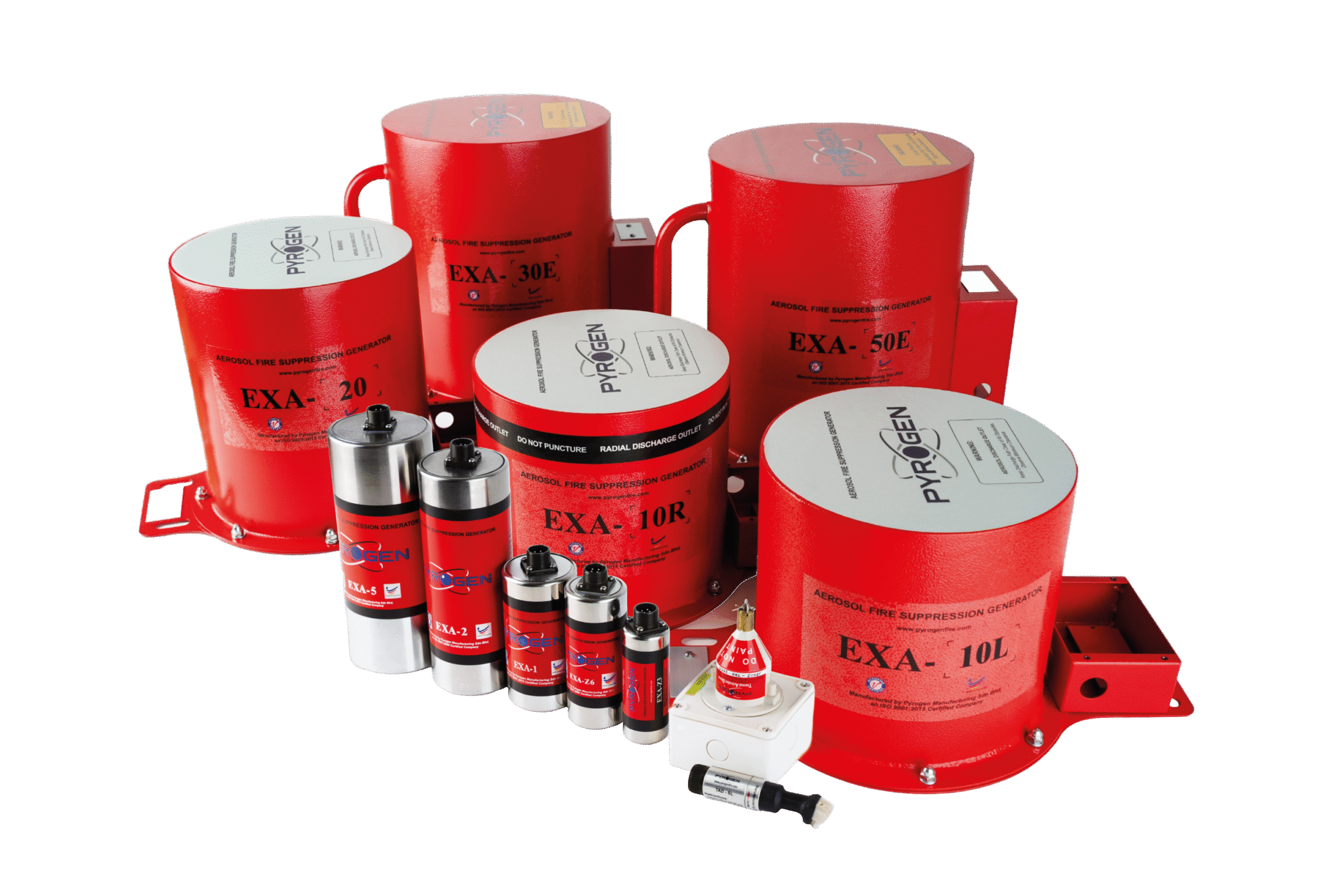
The aviation industry operates around the clock, resulting in a heightened exposure to fire hazards. Fire risks are inherent in nearly all aspects of airport operations—from ground support equipment to airport infrastructure. Without proper fire protection measures, the potential consequences can be severe and far-reaching.
Fires can originate from a wide range of sources, including small vehicles, buses, tow tugs, backup generators, electrical cabinets, server racks, and kitchen facilities, among others.
While many fires result from unforeseen accidents, the key to ensuring safety lies in a prompt and automatic response. During emergencies, individuals may struggle to respond appropriately due to stress or confusion. Implementing an automatic fire suppression system significantly reduces the risk of injury and property damage.
In high-risk environments such as aviation facilities, maintenance hangars, or airport operations areas, the consequences of an undetected or poorly suppressed fire can be catastrophic. If a fire is not promptly identified and extinguished, even a minor ignition source can rapidly escalate into a large-scale incident. Given the concentration of flammable materials, sensitive equipment, and high-value assets, there is a significant likelihood that the fire will spread beyond its point of origin. This can lead to the destruction or severe damage of critical infrastructure, nearby aircraft, support vehicles, or adjacent buildings—ultimately placing both lives and operations at serious risk.
Delayed detection and suppression allow fires to intensify, increasing both the heat output and the area affected. As fires grow, they become exponentially more difficult to contain, requiring greater intervention resources and longer response times. In such scenarios, conventional firefighting measures may become less effective, and the risks to firefighting personnel, airport staff, and passengers rise dramatically.
Beyond the immediate physical damage, the secondary consequences can be equally disruptive. These include extended operational downtime, flight delays, logistical disruptions, regulatory violations, and reputational harm. Additionally, the cost of replacing equipment, conducting investigations, and implementing corrective measures can be substantial.
To avoid such outcomes, a proactive fire protection strategy is essential—one that includes early detection, rapid-response suppression systems, and continuous risk assessment.
Preserve the core of your business operations by safeguarding critical assets and human lives from potential fire hazards.
Pyrogen’s range of fire suppression systems are certified to international fire standards, environmentally friendly and manufactured with stringent quality standards.
With Pyrogen’s fire suppression systems, your operations can run seamlessly with minimal disruptions from fire incidents and your employees can work in a safe environment.

